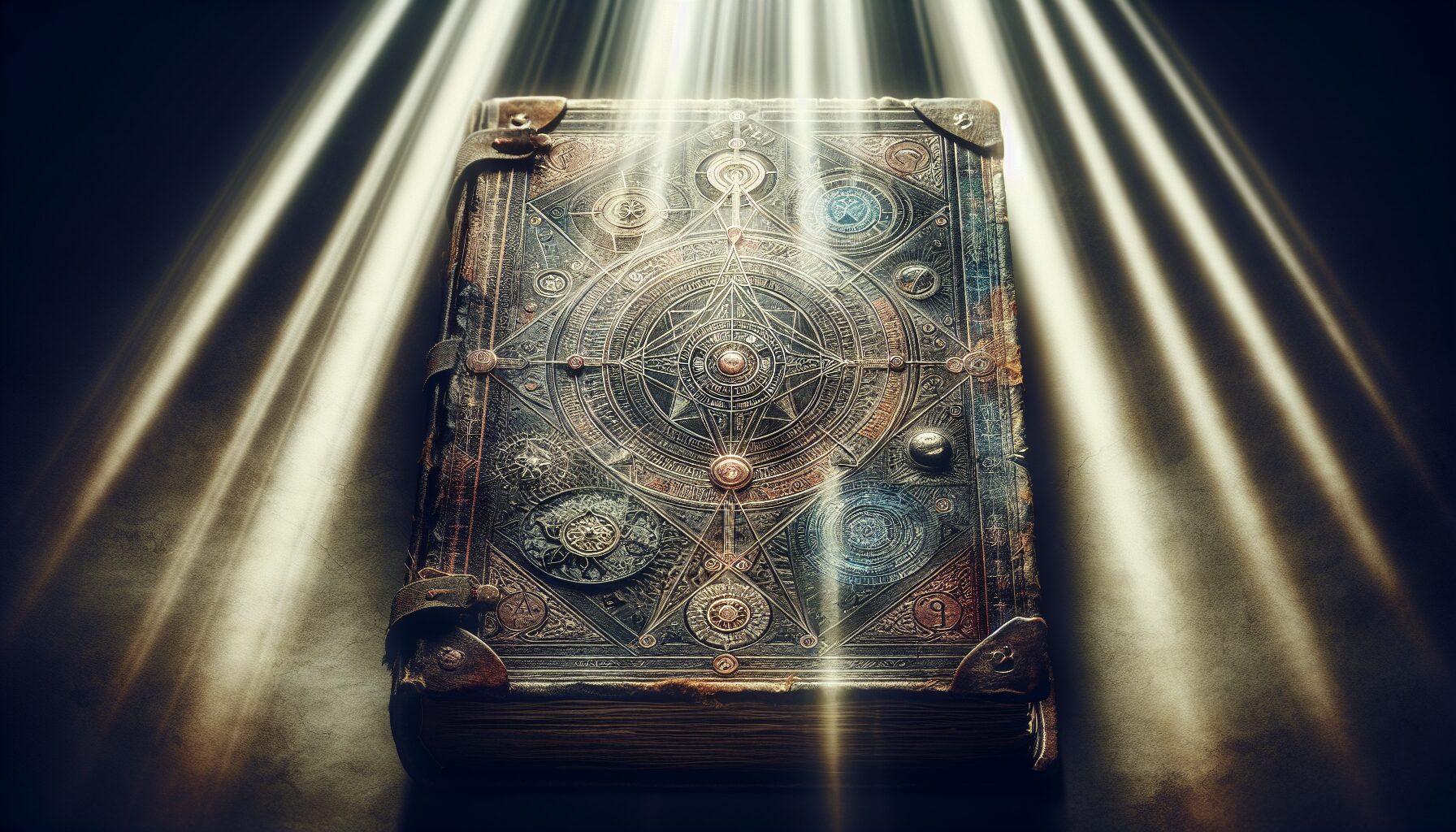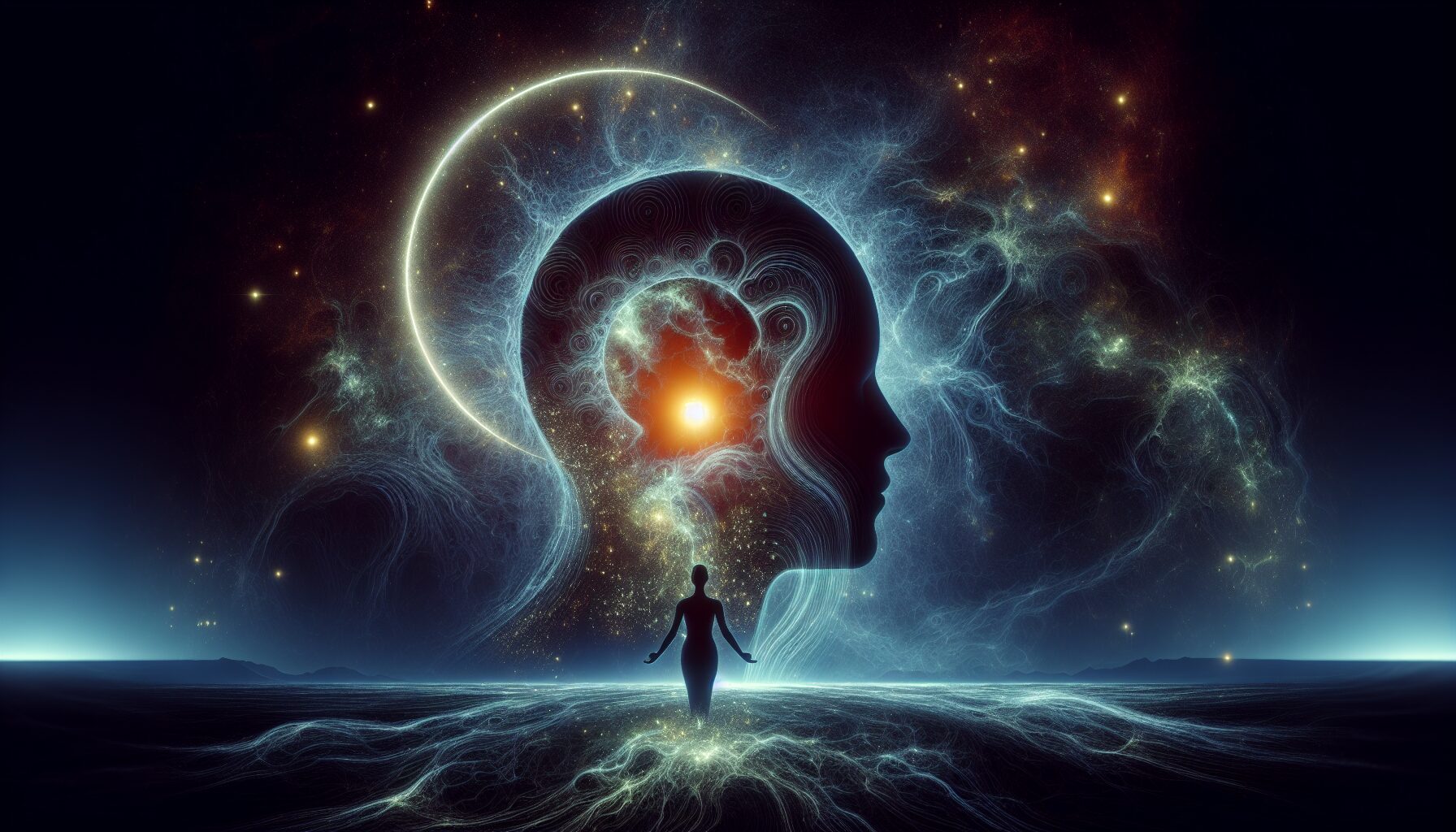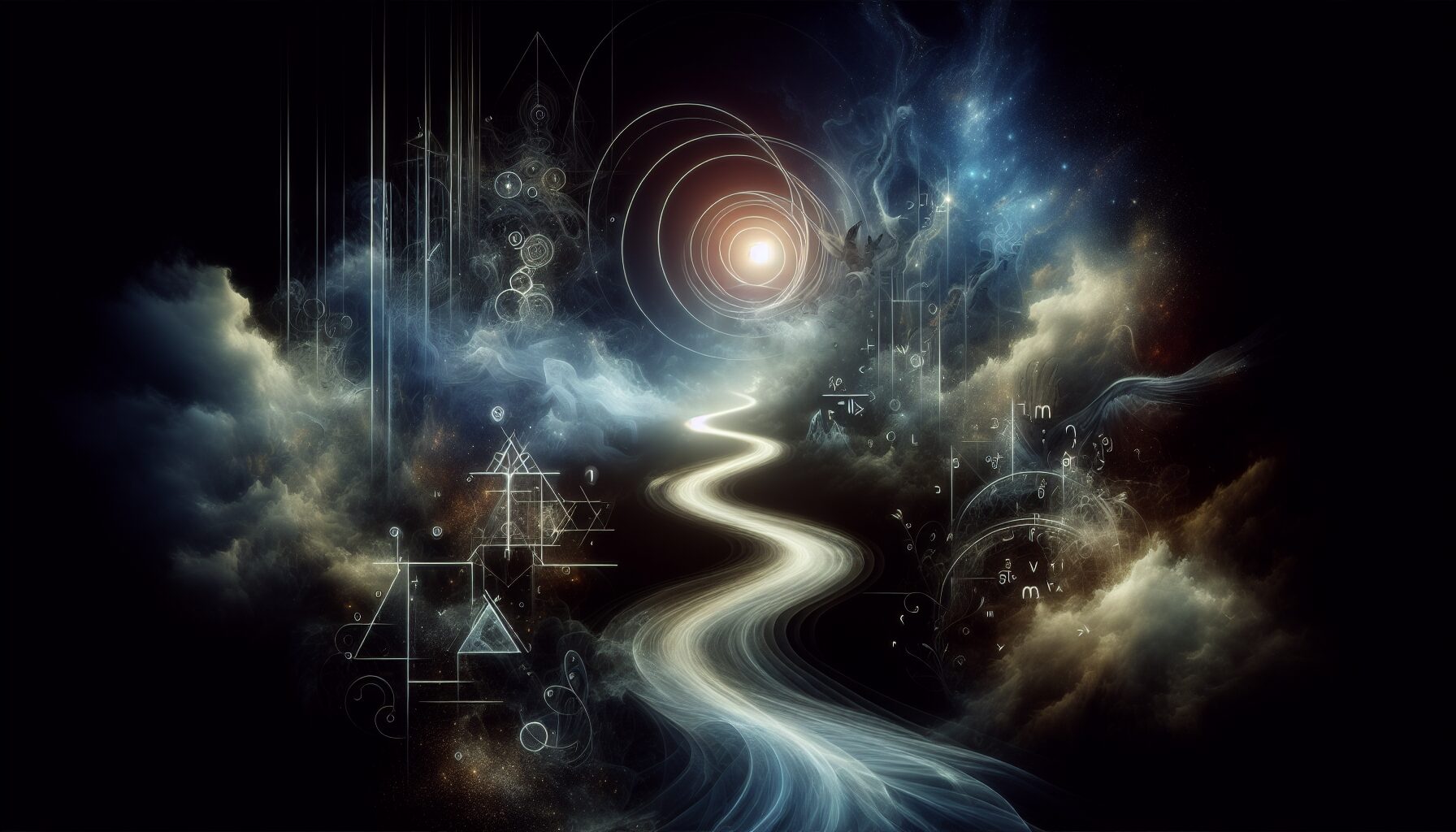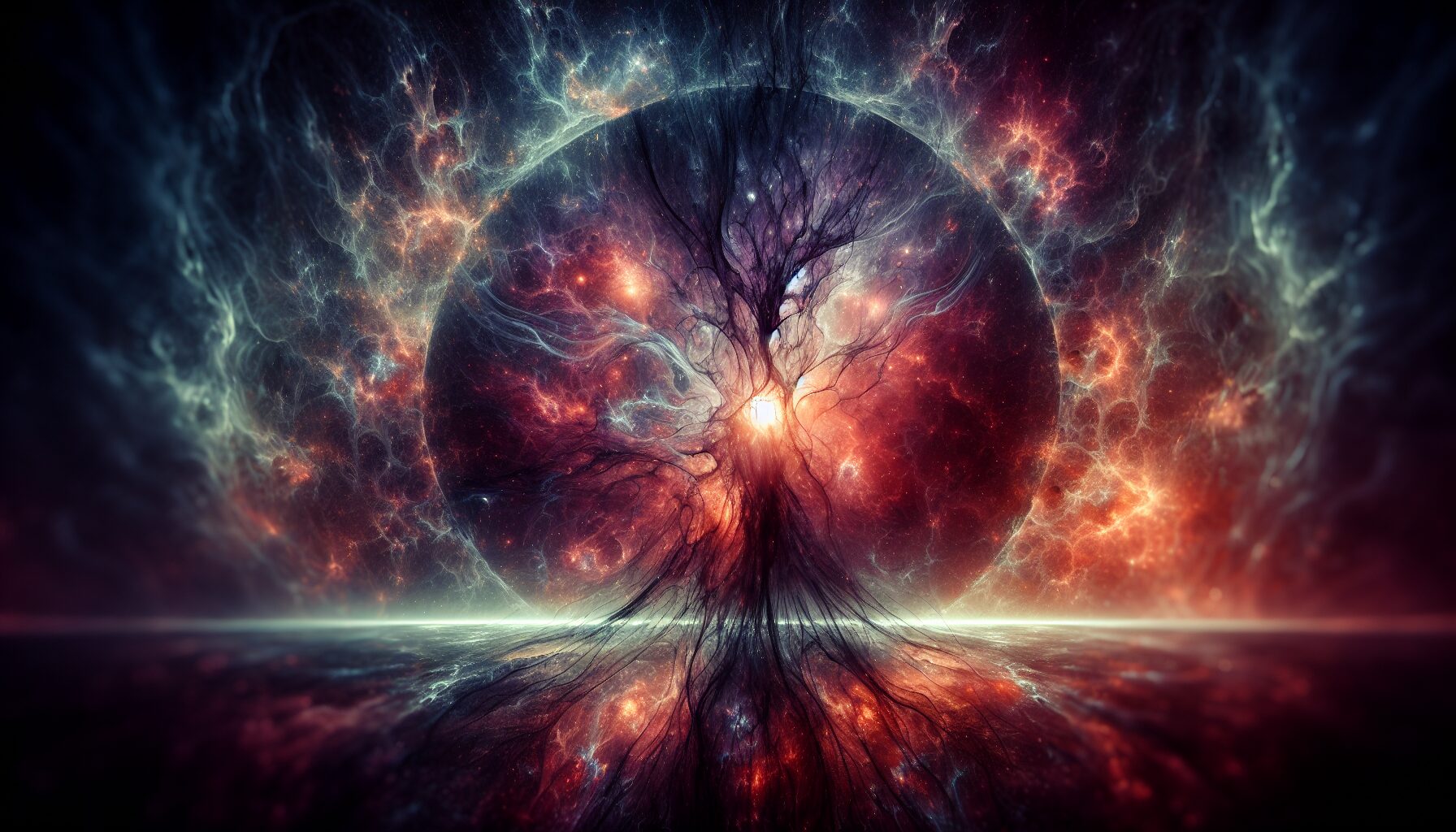Throughout history, mankind has been drawn to the idea of hidden knowledge nestled within obscure texts referred to as “codices.” These often mysterious and dense works hold a special place in philosophy and literature, promising insights that lie on the fringes of conventional understanding.
The Allure of the Codex
The term “codex” traditionally refers to manuscripts held together by stitching, a precursor to the modern book format. However, in philosophical contexts, it often implies a text that is not merely a physical artifact but a vessel of secret wisdom. Some of the most intriguing of these are shrouded in mystery, such as the Voynich Manuscript, an enigmatic document that has puzzled scholars with its obscure script and undecipherable language.
Hidden Knowledge and Esoteric Philosophy
Esoteric knowledge refers to insights only accessible to a select few, often promising deeper metaphysical or spiritual truths. Historically, figures such as the Gnostics or Hermeticists sought enlightenment through such hidden teachings. Their texts are codices filled with symbolism and allegorical narratives, intended to guide and challenge the reader’s perception.
“All human knowledge thus begins with intuitions, proceeds from thence to concepts, and ends with ideas.” – Immanuel Kant
Philosophers like Immanuel Kant have suggested that the journey to understanding transcends the acquisition of plain facts, weaving through personal interpretation and insight, which is often encouraged by the interpretive nature of obscure codices.
Modern Implications
In today’s world, the concept of the codex has evolved beyond parchment and ink. The digital age has witnessed a revival of this idea, where databases and encrypted documents hold knowledge hidden behind layers of code rather than linguistic enigma. This resonated with the public with the phenomenon of cryptocurrencies and blockchain technologies, appearing akin to the philosophical fascination with knowledge kept hidden until revealed by new methodologies.
- Enigmatic texts like the Dead Sea Scrolls continue to spark debate and intrigue with their partial revelations and perplexing gaps.
- The allure of the codex can be seen in contemporary storytelling, where narratives explore complex, often hidden, truths about the human condition, such as in the works of Umberto Eco or Dan Brown.
The fascination with hidden knowledge encapsulated in these obscure codices reminds us of our intrinsic desire to look beyond the surface and find meaning in the seemingly cryptic. As humanity continues to write its narrative, the hunt for hidden knowledge promises to fuel our philosophical inquiries for generations to come.



